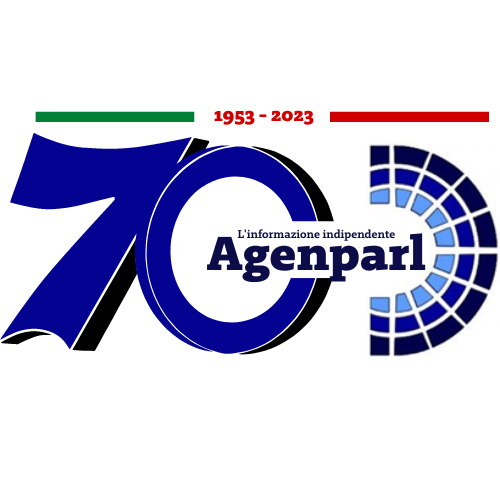 (AGENPARL) - Roma, 15 Settembre 2025
(AGENPARL) - Roma, 15 Settembre 2025(AGENPARL) – Mon 15 September 2025 PressReleaseFinal3.jpg
INTERNATIONAL ATOMIC ENERGY AGENCY
15 September 2025
IAEA Raises Nuclear Power Projections for Fifth Consecutive Year
For the fifth year in a row, the International Atomic Energy Agency (IAEA) has revised up its projections for the expansion of nuclear power, as global momentum continues to build behind this clean and secure source of energy. In the high case projection, the IAEA estimates that global nuclear operational capacity will more than double by 2050 – reaching 2.6 times the 2024 level – with small modular reactors (SMRs) expected to play a pivotal role in this expansion.
At the end of 2024, 417 nuclear power reactors were operational, with a global capacity of 377 gigawatts electric (GW(e). In the high case projection, nuclear electrical generating capacity is projected to increase to 992 GW(e) by 2050. In the low case projection, capacity rises 50% to 561 GW(e), compared with 2024. SMRs are projected to account for 24% of the new capacity added in the high case and for 5% in the low case.
In 2021, the IAEA revised up its annual projections for the first time since Japan’s Fukushima Daiichi nuclear power station accident in 2011. Since then, the projection for the high case has increased by 25%, from 792 GW(e) in 2021
“The IAEA’s steadily rising annual projections underscore a growing global consensus: nuclear power is indispensable for achieving clean, reliable and sustainable energy for all,” Director General Grossi said.
Assumptions and considerations
All operating reactors, possible licence renewals, planned shutdowns, power uprates to increase output levels, and plausible and ongoing construction projects foreseen for the next few decades were considered in the projections. The assumptions of the low case projections are that current market, technology and resource trends continue and that there are few changes in laws, policies and regulations affecting nuclear power.
In the high case, national intentions for expanding the use of nuclear power were considered. The report states that the high case projection remains both plausible and technically feasible and notes the possibility for capacity to exceed this estimate.
The report states that enabling factors, such as national policies, supporting investment and workforce development, would be necessary to help facilitate reaching – or exceeding – the high case. While SMRs continue to attract a lot of interest from both embarking and expanding nuclear power countries, harmonized regulatory and industrial approaches will also be necessary for their successful and timely deployment.
Background
Since it was first published 45 years ago, the IAEA’s projections have been continually refined to reflect an evolving global energy context. Over the past decade, nuclear power development has remained within the range of projections described in prior editions.
Follow IAEA on:
About the IAEA
The International Atomic Energy Agency (IAEA) serves as the world’s foremost intergovernmental forum for scientific and technical co-operation in the peaceful use of nuclear technology. Established as an autonomous organization under the United Nations (UN) in 1957, the IAEA carries out programmes to maximize the useful contribution of nuclear technology to society while verifying its peaceful use.
IAEA | Media, Multimedia & Public Outreach Section
Office of Public Information and Communication
______________________
IAEA VIENNA, Wagramer Strasse 5 P.O. Box 100, VIENNA, NA NA Austria
